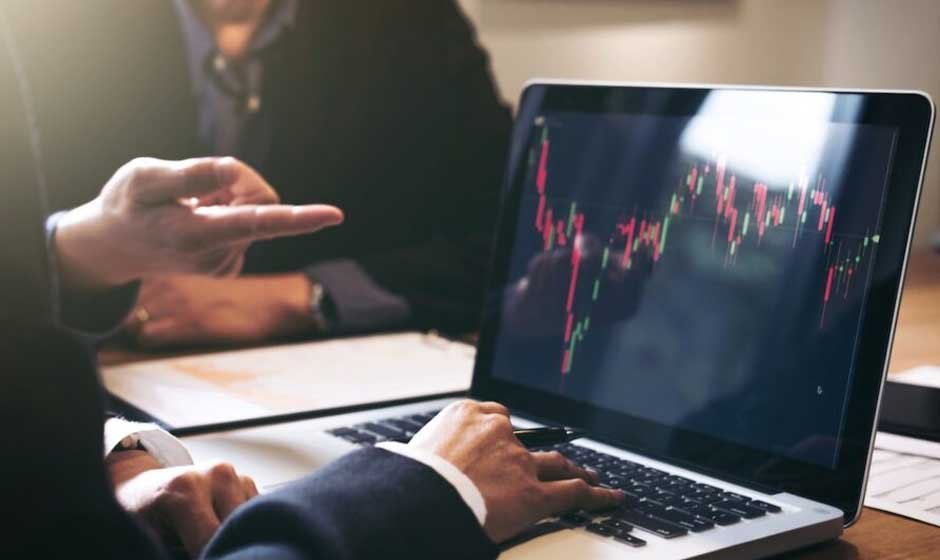There’s no shortage of ways to lose money in the Forex market. But thankfully, there is one way to learn without paying the price — demo trading.
For all its complexity, Forex trading is still a craft that rewards experience over theory. And in a market that moves at the speed of sentiment, the only real way to build that experience is to get hands-on. Demo accounts, which simulate live trading conditions using virtual funds, offer a way to do just that — minus the financial bruises.
At first glance, a demo account might look like a glorified game. Prices move, positions open and close, charts flicker. But underneath the surface is something far more useful: a risk-free training ground where traders can learn to read the market, master the tools of the platform, and refine strategies before they ever risk a cent.
The benefits are obvious, but still worth repeating. A demo account allows traders to test ideas under real conditions, observe price behaviour, and get comfortable with the broker’s trading interface. It’s one thing to know how a stop-loss works in theory. It’s another thing entirely to place one in a fast-moving market without fumbling your execution.
But just because the money isn’t real doesn’t mean the experience should be wasted. Traders who treat demo accounts casually — placing reckless trades, ignoring risk management, chasing unrealistic returns — will learn little beyond how not to trade. The most valuable lessons come when you treat the virtual account as if it were your own capital on the line. That means setting position sizes, respecting your rules, and logging trades with the same discipline you’d apply to a live account.
It also means being prepared to fail. Losses in demo mode may not hurt your bank account, but they should sting a little. Each one is a chance to learn — about your strategy, your execution, or your own psychology under pressure. Demo accounts reveal more than just your understanding of charts. They reveal your ability to stick to a plan when things go wrong.
And they are, crucially, the best way to test. Not just indicators or entry points, but trading styles. Scalping, swing trading, day trading — the demo environment lets you explore them all. You’ll learn which timeframes suit your temperament, which strategies feel natural, and which don’t. What works in theory may not work for you. A demo account gives you the space to figure that out.
The danger, of course, is in assuming success in a simulated environment will carry over neatly into the real one. It won’t. The emotional difference between risking virtual funds and risking real money is enormous. The demo trader cuts losses quickly and follows the plan. The live trader hesitates, second-guesses, or overtrades to make up for a bad run. Knowing this difference is part of the education.
Still, no serious trader gets far without first getting their hands dirty in a demo account. It’s not a shortcut, but it is a stepping stone — one that can help build the habits, routines, and strategies needed to succeed in a market that rewards discipline far more than bravado.
Learn to trade without pressure, and you’re more likely to stay standing when the pressure is real.










